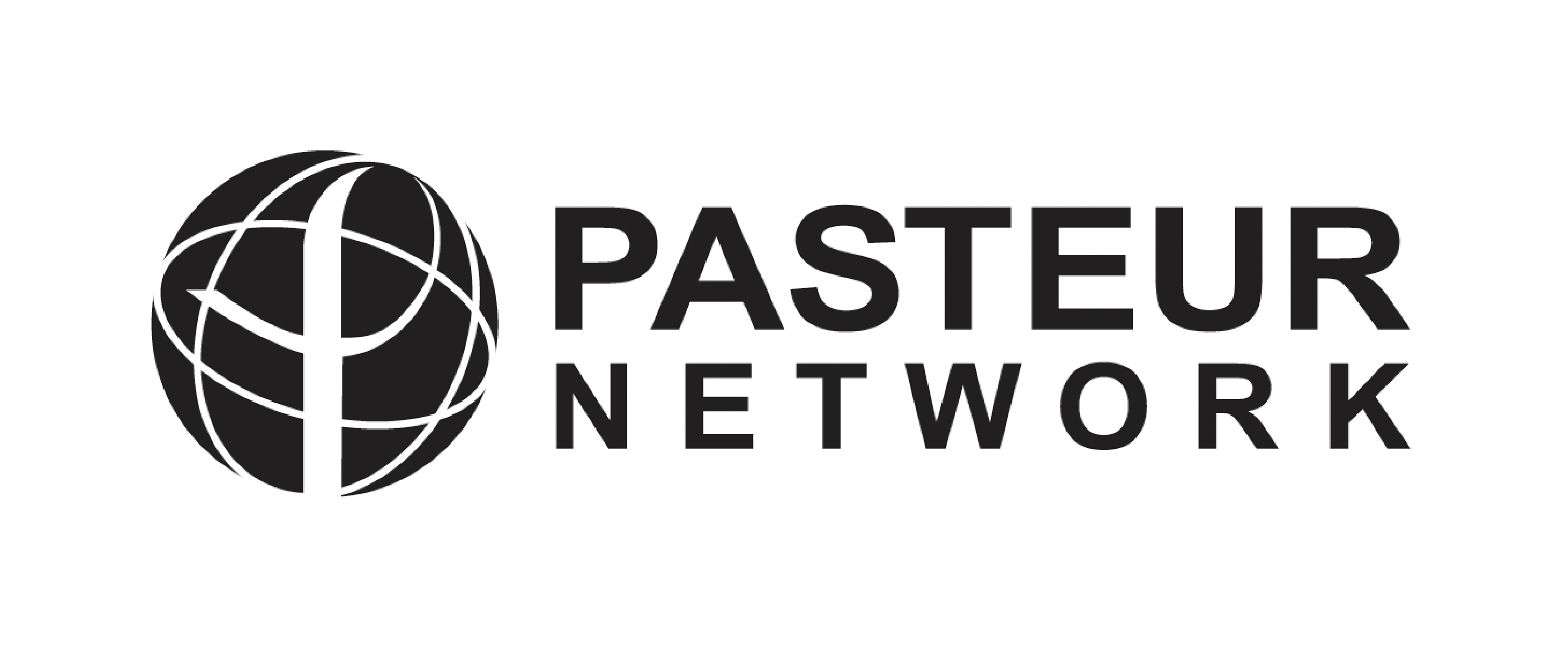Epidemiological features of a recent zoonotic cutaneous leishmaniasis outbreak in Zagora province, southern Morocco
Résumé
Background
Leishmania major is an endemic vector-borne disease in Morocco that causes zoonotic cutaneous leishmaniasis (ZCL), especially in arid pre-Saharan regions where its unique vector and reservoir are Phlebotomus papatasi and Meriones shawi, respectively, and may cause epidemics. In late 2017, the Zagora province, an endemic focus for ZCL in southern Morocco, had CL outbreak. The main objective of our investigation was to analyze the epidemiological features of this latest ZCL outbreak.
Methodology/Principal findings
We analyzed epidemiological features of this latest ZCL outbreak. The Regional Delegation of Health, Zagora, recorded 4,402 CL patients between October 2017 and end of March 2018. Our findings showed that 24 municipalities were affected and majority (55.1%) of infected cases belonged to the Tinzouline rural municipality. Majority of patients were females (57.2%). While all age group patients were affected, those aged <10 years were the most affected (42.1%). During this outbreak over 5 days in December 2017, we conducted a survey in Tinzouline and recruited and sampled 114 CL patients to confirm CL diagnosis by parasitological (direct examination and culture) and molecular (ITS1-PCR) methods and identify the etiological agent of infection using ITS1-PCR-RFLP and sequencing. We completed a detailed questionnaire including clinical and epidemiological data for each patient and found 72.8% of patients presenting multiple lesions (≥2), with an average number of lesions of 5.16 ± 0.5. Lesions were more prevalent in the upper limbs, with the most common type being the ulcerocrusted lesion (60.5%). We detected no associations between lesion type and patients’ sex or age.
Conclusions/Significance
Among 114 clinically diagnosed CL patients, we confirmed 90.35% and identified L. major as the species responsible for this outbreak. Self-medication using various products caused superinfection and inflammation of lesions and complicated the diagnosis and treatment. Thus, ZCL remains a major public health problem in the Zagora province, and commitment of all stakeholders is urgently required to implement a sustainable regional control program.
Domaines
Sciences du Vivant [q-bio]| Origine | Publication financée par une institution |
|---|


